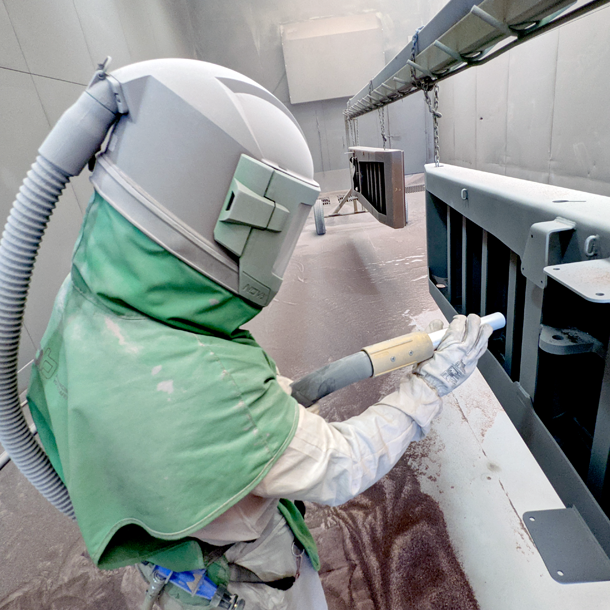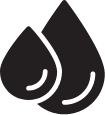The origins of abrasive blasting can be traced back to the late 19th century when it was first developed as a method for cleaning and restoring metal surfaces. The initial abrasive material used was sand, hence the term “sandblasting.” Early applications of abrasive blasting were primarily focused on the removal of rust, scale, and old paint from metal structures and machinery. Over time, advancements in technology led to the development of more efficient blasting equipment and a wide range of abrasive materials. This allowed abrasive blasting to be used on a variety of surfaces, including concrete, wood, and even delicate materials like glass or stone.
Today, abrasive blasting techniques have evolved to meet specific industry needs, with variations such as dry blasting, wet blasting, and specialized blasting media tailored to different applications and surface requirements.


Surface Preparation: Before abrasive blasting can begin, proper surface preparation is essential. This typically involves cleaning the surface to be treated to remove loose debris, dirt, grease, or other contaminants that could interfere with the blasting process. Additionally, any delicate or sensitive areas that need protection, such as nearby windows or delicate components, may be covered or masked off.

Equipment Setup: The next step is to set up the abrasive blasting equipment. This usually includes a blasting pot or tank, an air compressor or pressure washer, a blasting nozzle, and a source of abrasive media. The equipment is connected and configured according to the specific blasting system being used. Safety measures, such as wearing protective clothing, gloves, goggles, and a respirator, should be taken.

Media Selection and Loading: The appropriate abrasive media is selected based on the desired outcome and the surface being treated. Common abrasive materials include sand, glass beads, aluminum oxide, crushed walnut shells, or steel shot. The chosen media is then loaded into the blasting pot or tank, which is pressurized using compressed air or water, depending on the type of system being used.

Blasting Process: With the equipment set up and the abrasive media ready, the operator directs the blasting nozzle towards the surface to be treated. By activating the blasting equipment, a high-velocity stream of compressed air or water propels the abrasive media onto the surface. The operator moves the nozzle back and forth, systematically covering the entire area, and adjusts the nozzle distance and angle to achieve the desired effect. The abrasive particles impact the surface, removing coatings, rust, or contaminants.

Cleanup and Inspection: Once the blasting process is complete, the surface is thoroughly cleaned to remove any residual abrasive media and debris. This can be done using compressed air, vacuum systems, or water rinsing, depending on the specific requirements. The cleaned surface is then inspected to ensure that the desired level of cleaning, roughening, or coating removal has been achieved. If necessary, additional blasting or touch-ups may be performed.
It is important to note that the specific details of the abrasive blasting process can vary depending on factors such as the type of equipment, abrasive media, and surface being treated. Following safety guidelines, including proper ventilation, appropriate PPE, and considering environmental regulations, is crucial throughout the process.
© 2024 RAB ltd | Website Design by iFactory